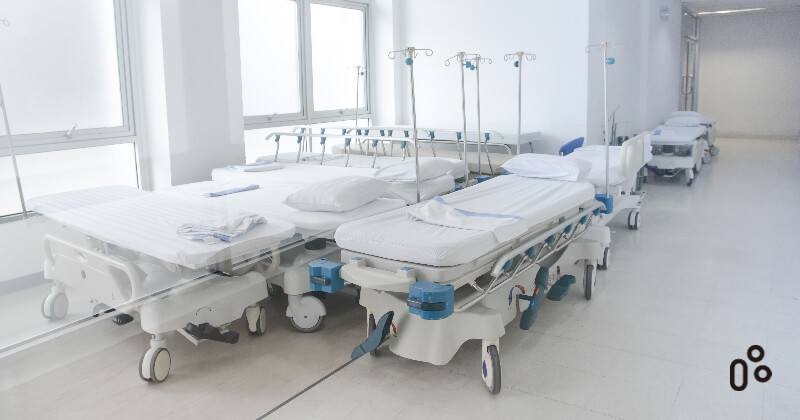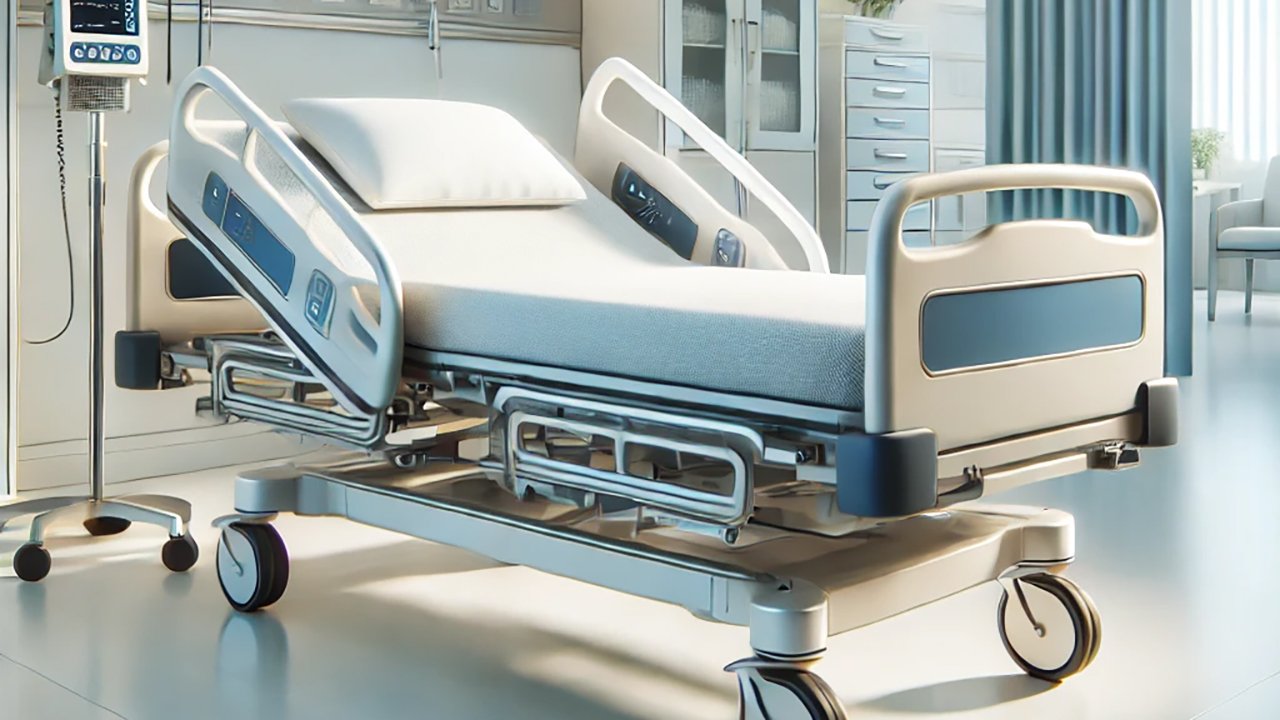More About Hospital Beds For Home Use
More About Hospital Beds For Home Use
Blog Article
Hospital Beds For Home Use for Beginners
Table of ContentsThe Of Hospital Beds For Home UseAbout Hospital Beds For Home UseHospital Beds For Home Use Things To Know Before You Get ThisHow Hospital Beds For Home Use can Save You Time, Stress, and Money.See This Report about Hospital Beds For Home UseThe Facts About Hospital Beds For Home Use RevealedHospital Beds For Home Use for Beginners
There are three primary kinds of healthcare facility beds: handbook, semi-electric, and fully-electric. These beds use hand cranks to adjust the bed's height and elevate and decrease the head and the foot.
Semi-electric beds have an electric motor to increase and reduce the head and foot sections of the bed (hospital beds for home use). Full-electric beds have an electrical motor that can raise the head and foot sections of the bed as well as the entire height and positioning of the bed.
The 30-Second Trick For Hospital Beds For Home Use
There are numerous kinds of hospital beds, each created to fulfill particular client demands. Here are some typical kinds: This is the most typical kind of medical facility bed, designed for general clinical usage.
Reduced to the ground than a standard bed. This sort of bed is made for bigger people, with a bigger frame and higher weight capability than a conventional bed. This kind of bed is created particularly for youngsters, with smaller dimensions than a conventional bed. Special features such as full size side rails and anime style.
This kind of bed is designed for critically sick patients who need open monitoring and specialized medical tools such as ventilators and infusion pumps. This kind of bed is designed for use throughout labor and delivery, with adjustable positions and attributes to support the mother and infant during the birth process.
10 Easy Facts About Hospital Beds For Home Use Shown
Numerous function and the accessories perform expanding traction to different parts of the vertebra and the extremities without relocating the human body. These are simply a few instances of the kinds of health center beds available. The certain type of bed utilized will rely on the patient's problem, medical requirements, and other variables.
Here is things you require to understand. A one-function medical facility bed is a clinical bed that permits a person to relocate only the head or foot area up or down. A 2 feature healthcare facility bed normally describes a sort of clinical bed that has two flexible features to help patients in healthcare facilities or care facilities.

Fascination About Hospital Beds For Home Use
A 7-function ICU bed is a sort of medical bed that provides several flexible features to support seriously sick patients in an extensive care system (ICU) (hospital beds for home use). The 7 features generally consist of: Backrest adjustment: The back-rest can be gotten used to various angles to aid the individual sit up or rest easily
Height modification: The bed can be raised or lowered to make it much easier for clients to enter and out of bed, and for caregivers to supply Recommended Site treatment. Trendelenburg setting: The whole bed can be slanted to promote blood flow and circulation in the body. Reverse Trendelenburg placement: The bed can additionally be tilted in the opposite direction to promote blood flow and flow in the upper body.
1. What Size is a Medical Facility Bed? 2. Exactly how Much Does a Hospital Bed Expense? 3. Why Do Hospital Beds Have Side Rails? 4. What Are The Key Health Center Bed Components?. While more affordable than electrical versions, these beds call for exertion for adjustments. The primary advantages of manual beds are their price and dependability, as they do not count on electricity. The need for manual initiative can be a constraint in scenarios where fast adjustments are essential or where caregivers deal with physical obstacles.
Hospital Beds For Home Use for Dummies
Semi-electric medical facility beds use an equilibrium of handbook and electrical controls. These beds provide a perfect center ground in between guidebook and fully electric choices, offering convenience of use without the complete price of electric models.
Semi-electric beds are fit for patients who require modest modifications to the head and foot areas but can manage without constant height adjustments. This makes them an economical remedy for those looking for comfort and ease without the requirement for constant repositioning. Fully electrical health center beds feature electric controls for seamless modifications to the height, head, and foot areas.
Specialty medical facility beds, such as ICU beds, long-term care my website beds, and bariatric beds, are carefully created to attend to specific clinical demands. These beds offer customized look after diverse patient teams, improving both end results and comfort. In the following sections, we will discover the main kinds of specialty health center beds, detailing their details advantages and applications.
With years of experience in manufacturing electric linear actuators - hospital beds for home use and close partnership with the healthcare industry, TiMOTION is well-positioned to offer trusted healthcare solutions. Our vertically integrated company takes care of every action of the manufacturing process, from design to actuator assembly, guaranteeing we provide remarkable value and personalized options tailored to your specific demands
Hospital Beds For Home Use for Beginners

To get more information regarding incorporating these modern technologies into your items, contact us today. Further analysis:.
Data is sourced from the Medicare Cost Record.

What Does Hospital Beds For Home Use Do?
A hospital bed is a bed made particularly for medical objectives. It is not just a location for individuals to relax, but additionally a platform for medical operations. Unlike average home beds, medical facility beds usually have flexible attributes, which can assist in clinical team to make different adjustments according to the needs of individuals, such as altering the elevation, inclination, and assistance angle of the back and legs of the bed.
Report this page